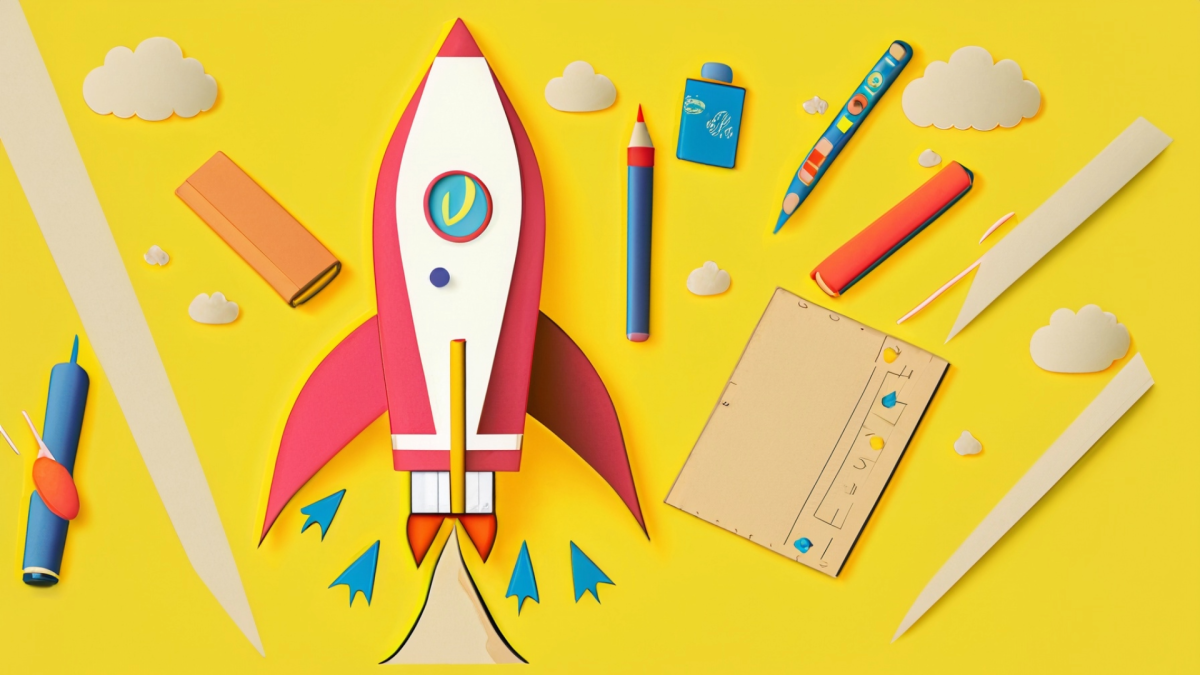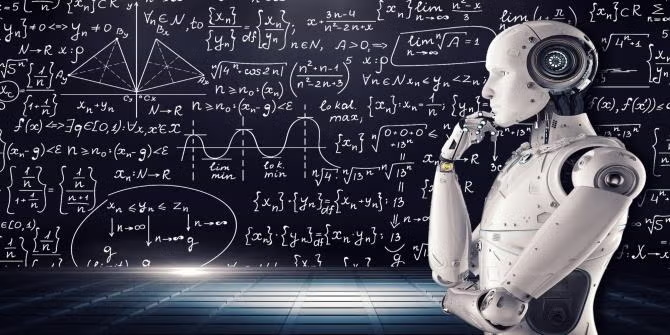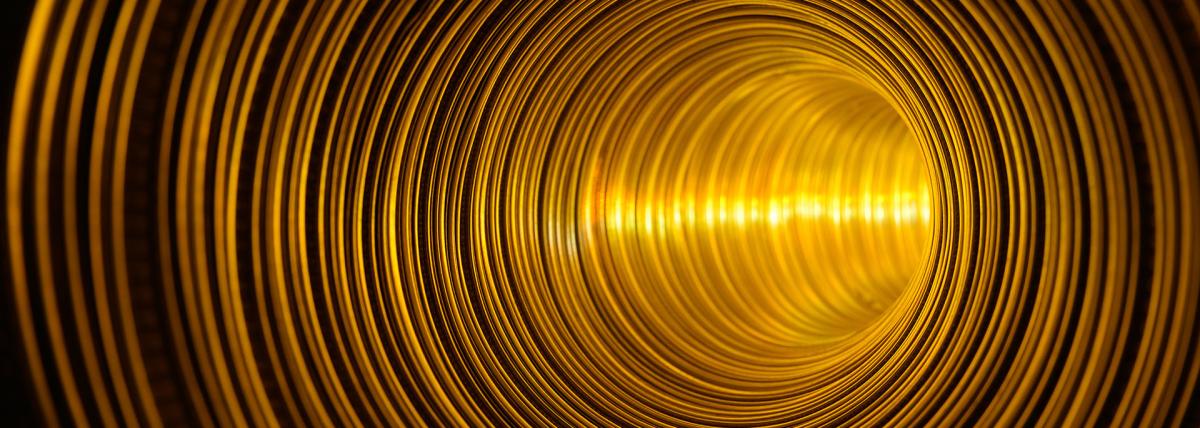
Modeling Eclipses
by [node:author:field_name_first] [node:author:field_name_last]
In this lesson, students will observe the geometry of lunar and solar eclipses by creating a physical, proportional model of the Earth and Moon system and observing shadows.
Lesson Plan Link/URL
https://docs.google.com/presentation/d/1rI-2yU-cG00H6oWvjJ8Nxxsd2CsduqnB/edit?u…Subject Area
Science Earth and Space Science E2: Earth & the Universe Engineering S4: Apply Science to Engineering Mathematics Measurement and Data (MD) Geometry (G) Ratio and Proportion (RP)
Featured
Off
Related Content

Grades:
9th Grade
In this hands-on lesson, students create solid fuel rockets to explore the idea of parabolic motion and outside factors which can affect the path of a rocket. This lesson has enrichment involving the


Grades:
Kindergarten, 1st Grade
Students will explore the concepts of sound and rhythm through a STEM-focused lesson plan that integrates science, technology, engineering, and math (STEM) with music. Students will engage in hands-on